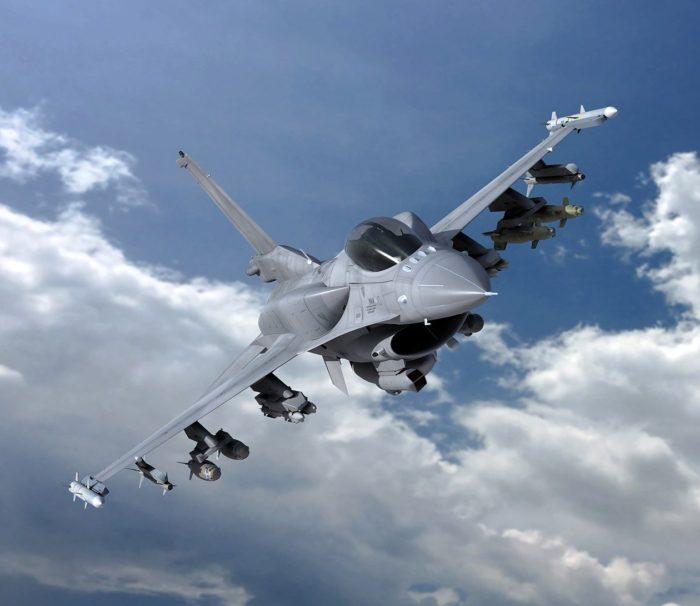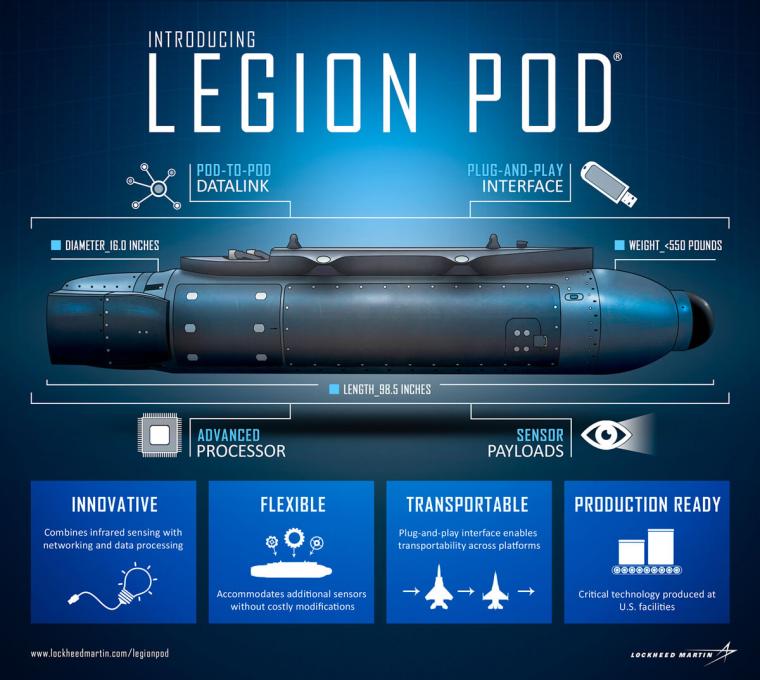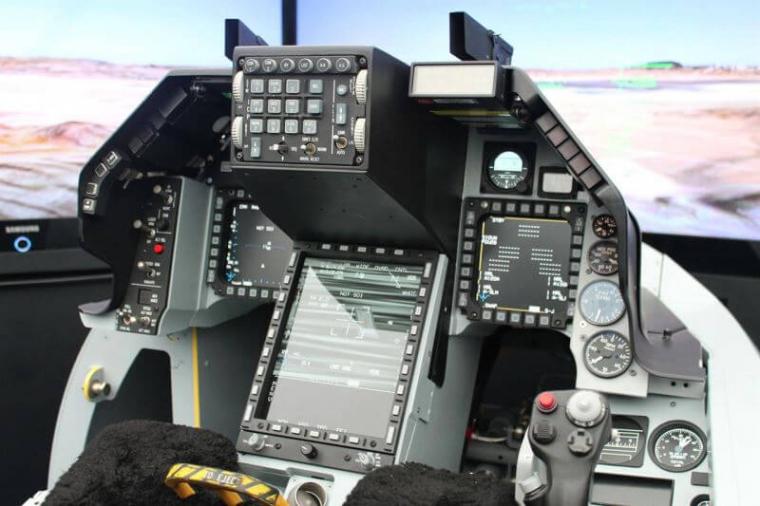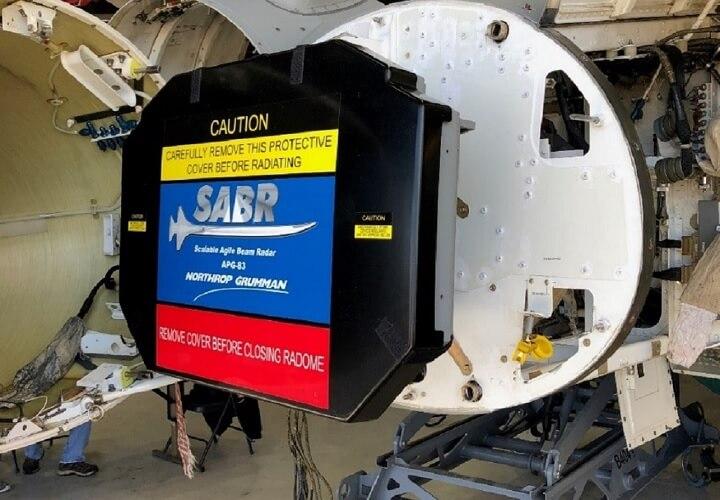Turkey hopes the US will approve a $20 billion deal it requested in October 2021 to supply 40 new F-16 Block 70 Vipers and 79 modernization kits to upgrade the fleet's aging F-16s. However, Congress has yet to approve it, and Sen. Bob Menendez, a Democrat, remains adamant that he will block the deal indefinitely unless Erdogan radically changes his policy.
On September 12, Athens received the first of 83 F-16s of the Hellenic Air Force. He expects all of these aircraft to be fully upgraded by June 30, 2027. By then, the Greek Air Force will have the most advanced F-16 fleet in Europe.

A Turkish media outlet presents the dire state of Turkey's air fleet, reporting that the Turkish Air Force's stockpile includes more than 235 F-16 Fighting Falcons. These come in the Block 30, Block 40, Block 50 and Block 50+ configuration. “Our most modern F-16s are Block 50+ F-16s, which are about 10 years old. Our oldest F-16s are the Block 30s, which are on average 30 years old," it says and continues:
“The F-16 Block 70 is the newest F-16 configuration to come to the fore recently. While aircraft in other F-16 configurations are called 4th generation, Block 70 F-16s are called 4.5 generation. The F-16 Block 70, which made its maiden flight in 2015, is being marketed today in several countries by Lockheed Martin."
Highlights of the F-16 Block 70
APG-83 AESA radar
Compared to AESA radars, Pulse-Doppler radars:
can scan their field of vision much faster and thus can better track multiple targets
- can present much better resistance to electronic interference
- can track both air and land/sea targets simultaneously with 'Interleaved Mode'
- can stand out with higher range and lower visibility (detectability) capabilities
The APG-68(V)9 Pulse-Doppler radar is used on Block 40, 50 and Block 50+ aircraft of the Turkish Air Force. The APG-83 AESA radar is used on the F-16 Block 70/72 and the APG-80 is the AESA radar used by the F-16E/F Block 60s, currently owned by the UAE only.
The Turkish media confesses: “The APG-80 and 83, which are AESAs, have a range advantage compared to the APG-68(V)9. However, the fact that the APG-80 has a greater range advantage compared to the APG-83 is the difference in the cooling system as the main reason. The liquid cooling system is used in the APG-80.
IRST capability with Legion Pod
It is an IRST system based on the passive detection and tracking of targets in the area, without the use of radar over heat. Since it tracks targets passively and does not emit any radar radiation, it is very difficult for them to know they are being tracked even if there is RWR on target aircraft.
The Turkish media confesses: "It can be a game changer, especially against 5th generation fighters like the F-22 and F-35, which have low radar visibility."
In addition, Legion Pods now have the ability to directly link data between squads. This allows allied aircraft in the same area to track the IRST Pods' targets from different points and angles depending on the aircraft's position and continuously exchange information with each other. With this feature, pilots' situational awareness is taken to the next level.

AN/ALQ-254(V)1 "VIPERSHIELD" Electronic Warfare Package
The AN/ALQ-254(V)1 Electronic Warfare package, produced by L3Harris, protects the F-16 Block 70 against current threats. In addition, it provides the pilot with higher situational awareness.
New cockpit
Due to the increased number of pods and electronics, the F-16 Block 70s carry an extra large display in their cockpit, in the middle compared to the older models. Having more displays can allow more systems to be used more easily by the pilot in a shorter amount of time.

The Turkish media confesses: "The F-16 Block 70 provides its pilots with far superior situational awareness with its new and advanced sensors, while appearing as an aircraft that can perform operations without being affected by some of the electronic jamming applications, which can be applied by the enemy. The Turkish Air Force's possession of 120 new pods and capabilities, 40 of which are in the form of new purchases and 80 modernizations, as well as F-16 Blok 70s with AESA radars will increase Turkish air power in the region and play an important role in strengthening deterrence as a force multiplier' and concludes:
"Only in this way, it is expected that the Turkish Air Force will achieve a significant increase in capability and not as much as in the F-35 Lightning II. Considering that, the National Fighter Aircraft will be operational in 2029; the potential acquisition of F-16 Block 70 is considered critical for the Turkish Air Force."
And while Turkey maintains the quantitative advantage, Greece is quickly gaining the qualitative advantage.




